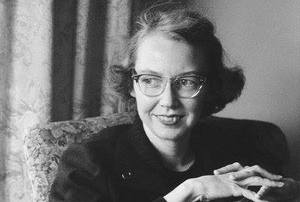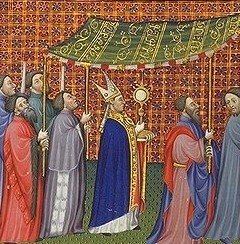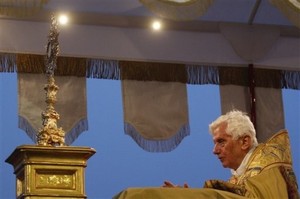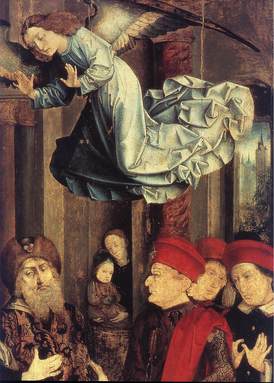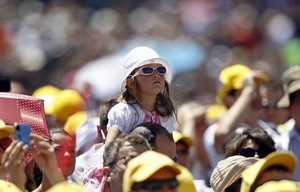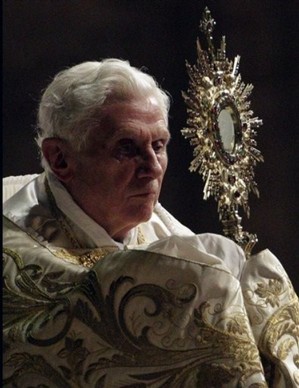From an 1864 homily by Cardinal Manning:

“Corpus Christi is a second Feast of the Nativity; a Christmas festival in the summer-tide, when the snows are gone, and flowers cover the earth. And whence comes all this joy but from the divine fact which St. John declares: “The Word was made Flesh, and dwelt among us, and we beheld His glory”? Morning by morning, in the holy Mass, the Church recites this great charter of its incorporation and of its existence. Morning by morning it bears witness to the divine, permanent, and immutable presence of Jesus in the fulness of grace and truth. The Blessed Sacrament is the Incarnation perpetually present, manifested to faith, and I may say, under a veil, to sense, and applied to us by the same divine power by which it was accomplished.”


